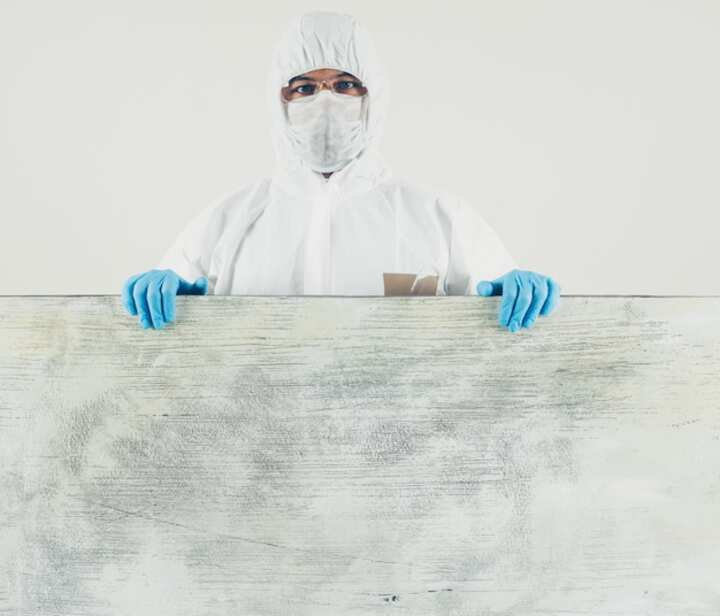
Expert Black Mold Removal Services in Olympia
Black mold poses a significant threat to both property and health. This pervasive fungus thrives in damp environments and can cause a variety of health issues, including respiratory problems and allergic reactions. If left untreated, black mold can also lead to severe structural damage to buildings. In the Olympia area, professional mold removal services are crucial for effectively addressing this problem and ensuring a safe living or working environment.
Understanding Black Mold
Black mold, scientifically known as Stachybotrys chartarum, is a type of fungus that grows in moist and humid conditions. It is often found in areas that have experienced water damage or have high humidity levels. Recognizing the signs of black mold is the first step toward effective removal.
Common Signs of Black Mold
- Musty odors in certain areas of a building
- Visible black or dark green patches on walls, ceilings, or floors
- Increased allergy symptoms, such as sneezing or coughing, when indoors
- Peeling or bubbling paint or wallpaper
For more information on identifying black mold, read more about this topic.
Health Risks Associated with Black Mold
The presence of black mold in homes or workplaces can lead to a range of health problems, particularly for those with preexisting respiratory conditions or weakened immune systems. Symptoms may include:
- Chronic coughing or sneezing
- Eye irritation
- Skin rashes
- Difficulty breathing
- Fatigue
It is essential to address mold issues promptly to prevent these health risks. Explore further insights here.
The Importance of Professional Mold Removal Services
While some may attempt to tackle mold removal on their own, professional services are recommended to ensure thorough and effective remediation. Trained experts use specialized equipment and techniques to safely remove mold and prevent its return.
Benefits of Professional Mold Removal
- Accurate assessment of mold type and extent
- Proper containment to prevent mold spores from spreading
- Safe and complete removal of mold-infested materials
- Improvement in indoor air quality
- Prevention of future mold growth through moisture control
To understand the full range of services offered by mold removal experts, learn more in this detailed guide.
Steps in the Mold Removal Process
The process of mold removal typically involves several crucial steps to ensure successful remediation. These steps include:
Inspection and Assessment
Professionals conduct a thorough inspection to identify the extent of the mold problem and the areas affected. This assessment helps in creating an effective remediation plan.
Containment
To prevent the spread of mold spores, containment measures are implemented. This may include sealing off the affected areas with plastic sheeting and using negative air pressure machines.
Removal and Cleaning
All mold-infested materials, including drywall and carpet, are removed. Surfaces are then cleaned with antifungal and antimicrobial treatments to eliminate remaining spores.
Restoration
Once the mold is removed, restoration work may be needed to repair or replace damaged structures, ensuring the area is safe and habitable. Find additional information here.
Preventing Future Mold Growth
After mold removal, it is important to take preventive measures to avoid future infestations. This includes:
- Controlling humidity levels with dehumidifiers
- Fixing leaks and repairing water-damaged areas promptly
- Ensuring proper ventilation in bathrooms, kitchens, and other moisture-prone areas
- Regularly inspecting potential mold-prone areas for early detection
By following these guidelines, property owners can maintain a mold-free environment and protect their health and investment. For more comprehensive strategies, explore further insights here.